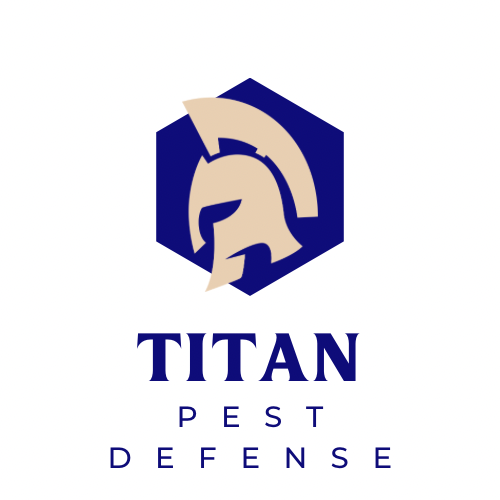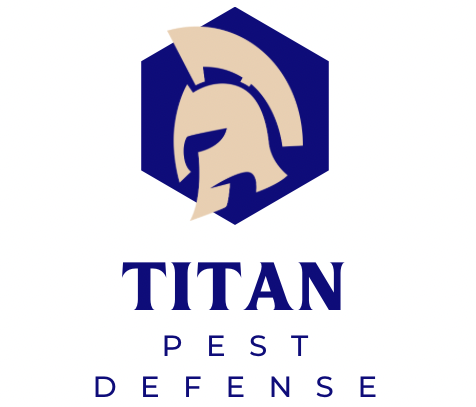Lawn diseases and fungi
We provide a wide range of professional services to meet your needs. We promise to provide every service with a smile and to your highest level of satisfaction.
Lawn Disease
Lawn diseases and fungi can severely impact the health of your lawn. Discover some of the most common lawn diseases and how to identify them.
Brown Patch
- Found in Fescue
- Active late spring to early summer
Brown Patch fungus thrives on dead organic matter in the soil but will attack healthy grass when environmental conditions are right. It appears as circular brown areas of dead grass, surrounded by a dark ring.
Dollar Spot
- Found in Bermuda, Fescue, and Zoysia
- Active late spring through early fall
Dollar Spot begins as small, circular, straw-colored patches about two to six inches in diameter, often the size of a silver dollar, which gives the disease its name.
Large Patch
- Found in Bermuda
- Active in spring and fall (warm days, cool evenings) when transitioning into or out of dormancy
This disease, caused by the same fungus as Zoysia Patch, first shows up as circular discolored areas with yellow or orange borders. Affected areas will thin, and the grass may appear bleached or yellow.
Leaf Spot
- Found in Fescue and Bermuda
- Active during summer
Leaf Spot (caused by Drechslera poae) thrives during warm evenings, long dew periods, and ample precipitation. It spreads through wind-blown and rain-splashed spores and survives in thatch and turf debris.
Leaf Spot/ Melting Out
- Found in Fescue, Bermuda, and Zoysia
- Active in spring
During the melting out stage, the crowns and roots are severely damaged, causing thinning and death of the turf. Often mistaken for drought stress, this condition typically appears in April and May during cold, rainy weather.
Pythium Blight
- Found in Fescue, Zoysia, Bermuda
- Active in summer
Pythium Blight, also known as “cottony blight,” appears as white, fluffy mycelium, often visible in the morning after a night of rain or heavy dew.
Rust Fungus
- Found in Fescue and Zoysia
- Active late spring through fall in Zoysia and year-round for Fescue
Signs of rust fungus include thin, weak grass and orange-red dust or spores on your shoes when walking in the grass. If you pull grass from the soil, rust spores will be visible on the grass.
Slime Mold
- Found in Bermuda, Fescue, and Zoysia
- Active in late spring and summer
While slime mold doesn’t cause damage, it can be beneficial by feeding on dead organic matter, bacteria, and other molds as it moves across grass blades.
Spring Dead Spot
- Found in Bermuda and Zoysia
- Active in winter, with damage visible in spring
Spring Dead Spot appears as circular patches of bleached, dead grass in the spring, typically with sharp edges between dead and healthy grass. Weeds often colonize the damaged areas.
Zoysia Patch
- Found in Zoysia
- Active in spring and fall (warm days, cool evenings) when the lawn is coming out of or going into dormancy
Zoysia Patch is caused by Rhizoctonia solani, which is always present in soil. It thrives in environments with excessive thatch, compaction, and poor drainage and spreads through infected plant parts, water, wind, or even equipment.
Grey Leaf Spots
- Found in: St. Augustinegrass and perennial ryegrass
- Active in: Warm, humid conditions, especially late spring through early fall
Gray Leaf Spot is caused by Pyricularia grisea, a fungal pathogen that thrives in moist environments. It appears as grayish-brown lesions on grass blades, weakening the lawn. Excessive nitrogen, high humidity, and prolonged leaf wetness contribute to its spread.
Fall Brown Patch
- Found in: St. Augustinegrass, Zoysiagrass, and Tall Fescue
Active in: Fall, when temperatures are mild with high humidity
Fall Brown Patch, caused by Rhizoctonia solani, forms circular brown patches in lawns, often with a darker outer ring. It spreads in damp, cool conditions and is aggravated by overwatering, poor drainage, and excessive nitrogen fertilization.
Take-All Patch
- Found in: St. Augustinegrass and Bermudagrass
- Active in: Spring through early summer, especially in stressed lawns
Take-All Patch is a soil-borne disease caused by Gaeumannomyces graminis var. graminis, which attacks the roots and stolons of turfgrass. It leads to yellowing, thinning, and eventual die-off in irregular patches. Overly alkaline soil, poor drainage, and excessive moisture contribute to its spread.
Don’t let lawn diseases and fungi take over your grass. At Titan Pest Defense, we’re experts in diagnosing and treating lawn problems to keep your yard healthy and vibrant.


